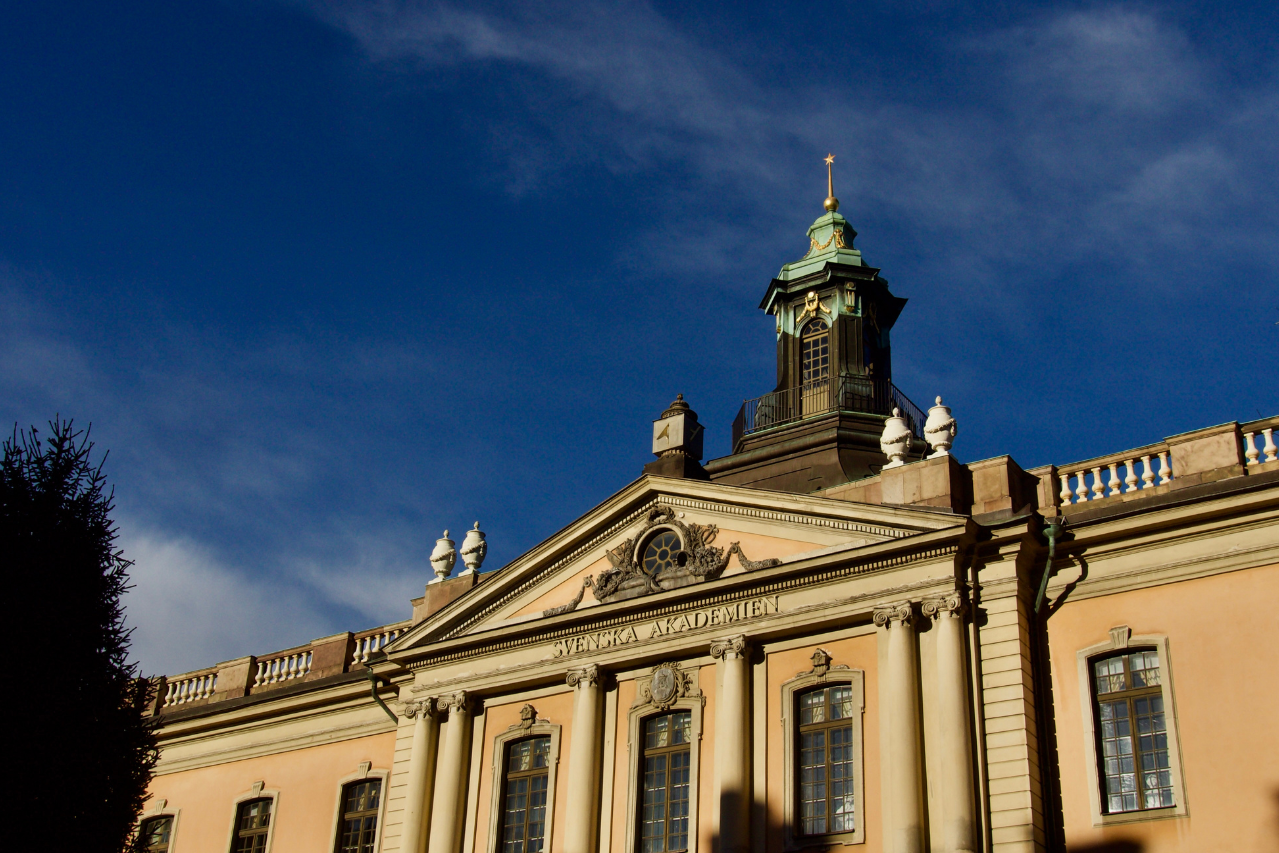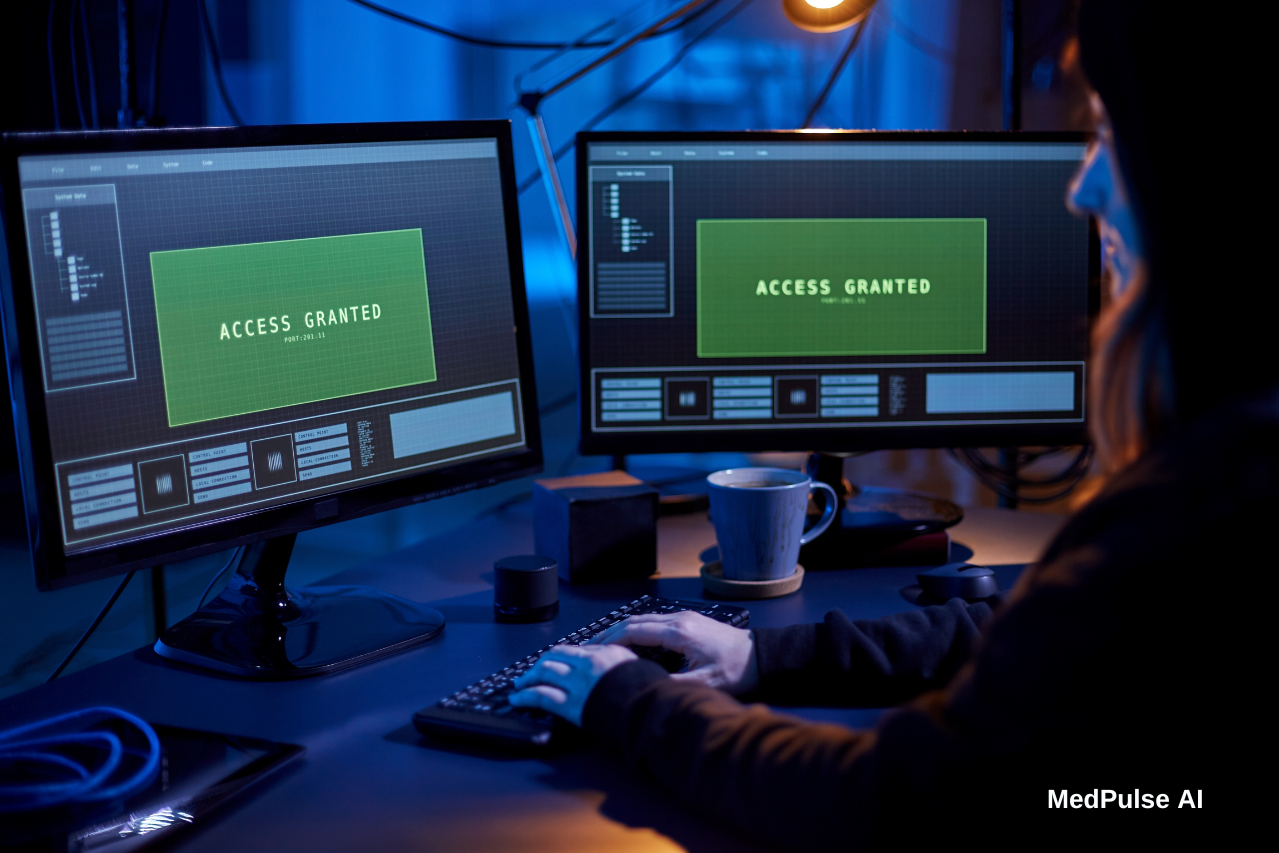2024 Nobel Prize in Chemistry
It’s a big week in AI innovations, the 2024 Nobel Prize in Physics was awarded to two pioneers in the field of artificial intelligence: John Hopfield from Princeton University and Geoffrey Hinton from the University of Toronto. Their groundbreaking work laid the foundation for modern machine learning through the development of neural networks. Hopfield created an early type of neural network, while Hinton built upon this with his work on the Boltzmann machine, a critical step in the evolution of AI technologies like deep learning.
On Wednesday, U.S. scientists David Baker and John Jumper, along with British researcher Demis Hassabis, were awarded the 2024 Nobel Prize in Chemistry for their groundbreaking work in understanding and creating protein structures. Their contributions have had significant impacts in fields such as drug development.
Baker received half of the prize “for computational protein design,” while Hassabis and Jumper shared the other half “for protein structure prediction,” according to the Royal Swedish Academy of Sciences. Baker, 62, is a professor at the University of Washington, and Hassabis, 48, serves as CEO of Google DeepMind, where Jumper, 39, works as a senior research scientist.
Hassabis and Jumper used artificial intelligence to predict the structures of nearly all known proteins, while Baker developed methods to design entirely new proteins, the academy explained. This award marks the second this week that recognizes contributions involving artificial intelligence, highlighting the increasing importance of machine learning and advanced technologies in scientific research. The prize, considered one of the highest honors in science, carries a monetary award of 11 million Swedish crowns (approximately $1.1 million).
Baker made a significant breakthrough in 2003 when he used amino acids—often referred to as the building blocks of life—to design a completely new protein, unrelated to any previously known. This innovation paved the way for rapid advancements in the creation of proteins for pharmaceuticals, vaccines, nanomaterials, and sensors. In 2020, Hassabis and Jumper introduced an AI model, AlphaFold2, which enabled them to predict the structure of almost all 200 million proteins that researchers have identified. Their work has been crucial in areas like understanding antibiotic resistance and creating enzymes that can break down plastic.
Jumper, the youngest chemistry laureate in over 70 years, remarked on the significance of their research: “We can directly connect what we do to improving people’s health by understanding cellular biology. It’s extraordinary,” he told the Nobel Prize website.
This chemistry prize is the third Nobel award announced this week, following the medicine and physics prizes. The Nobel Prizes were established in the will of Alfred Nobel, the inventor of dynamite, and are awarded for achievements that have conferred the greatest benefit to humanity in the past year.
First awarded in 1901, the prizes recognize achievements in medicine, physics, chemistry, literature, and peace, with recipients sharing the prize money, which has been adjusted over time. The economics prize was later added by the Swedish central bank. Past winners of the chemistry prize have included pioneers such as Ernest Rutherford and Marie Curie, whose work on radioactivity had a profound influence on science.
In addition to the monetary award, the Nobel laureates will receive a medal presented by the Swedish king on December 10, followed by a grand banquet at Stockholm City Hall.
Are you interested in how AI is changing healthcare? Subscribe to our newsletter, “PulsePoint,” for updates, insights, and trends on AI innovations in healthcare.




